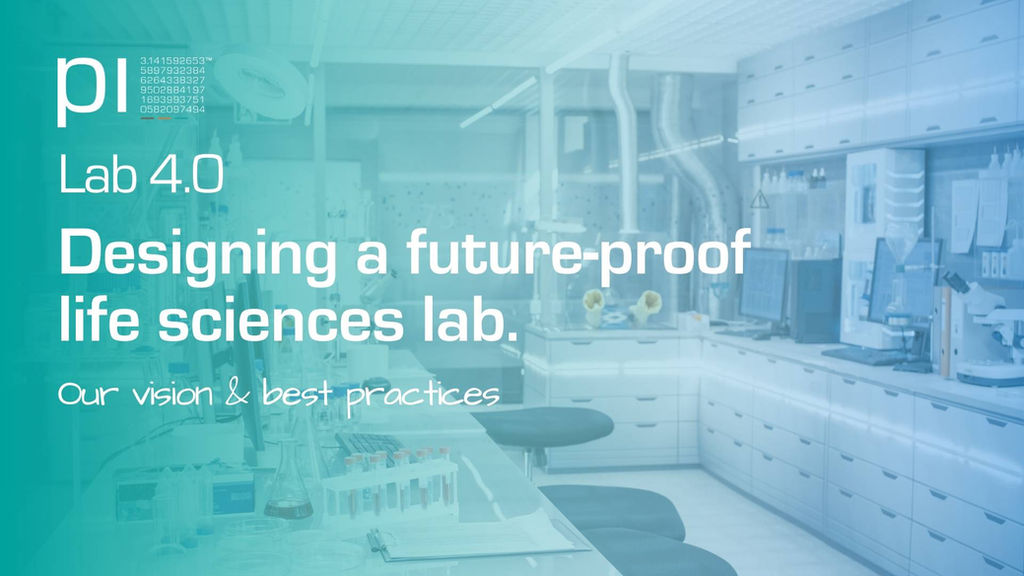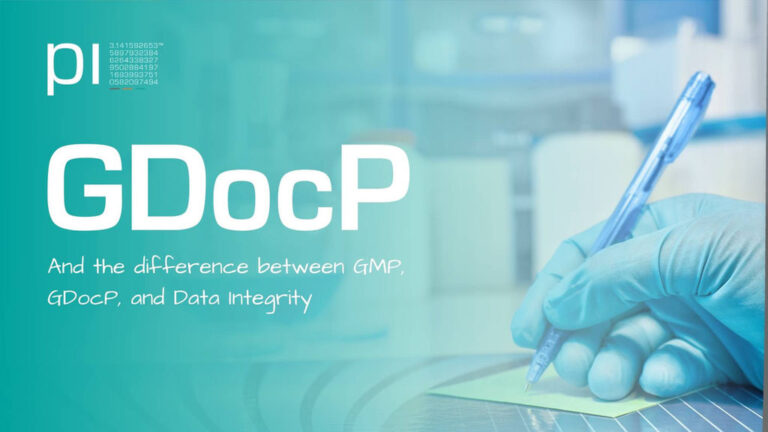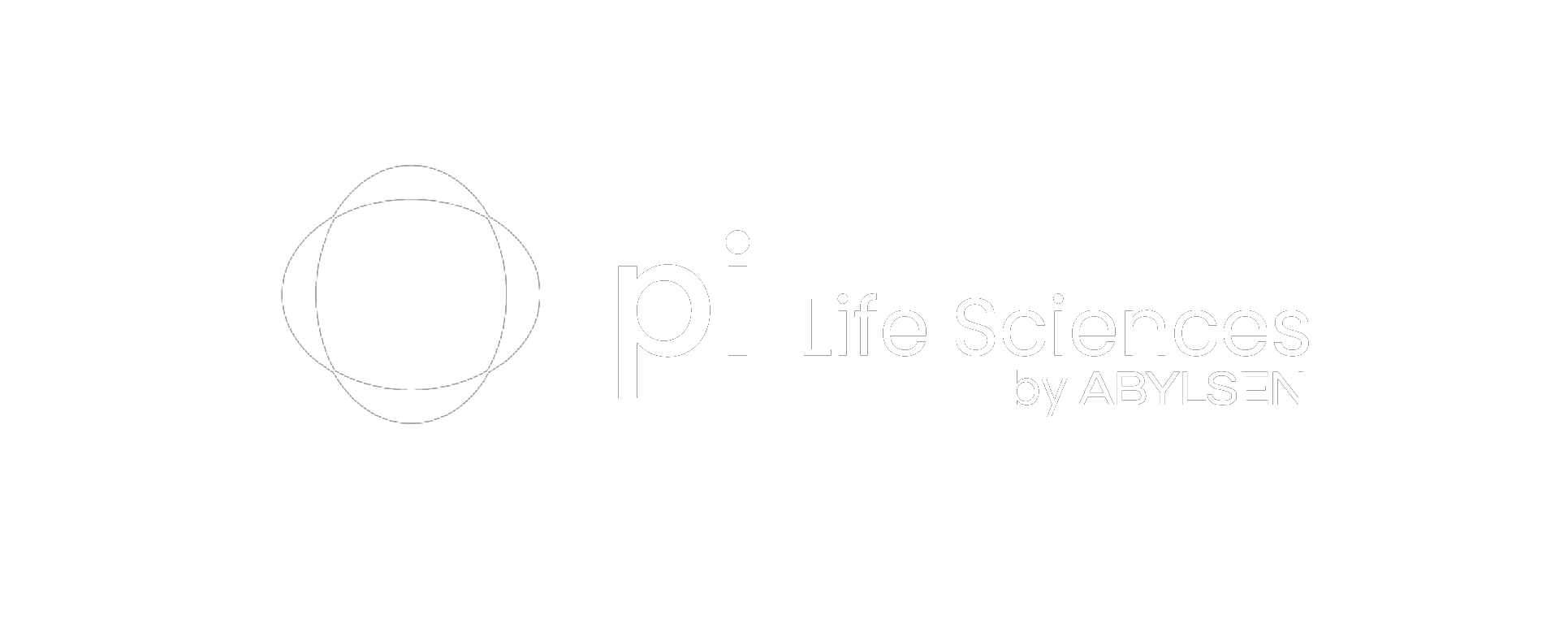Digitization, automation, and the latest R&D models can lead to a true transformation of labs. But what challenges do we need to overcome together so that researchers can provide us with the therapies of the future; faster and more efficiently?
In recent years, the design of laboratories in the pharmaceutical industry evolved more innovatively. These innovations allow us to design not the lab of today, but the lab of the future. What aspects do we have to take into account to build such a lab? Building a new lab goes through many phases. It starts with the conceptualization of the building project and ends with a fully operational lab. The first part of this article focuses on our vision of future labs, followed by tips and best practices for the technical and organizational design of a new lab.
Part 1: Transforming your mindset
By Fréderique Backaert
Create a 360-degree point of view
It is crucial to have a complete picture of all the critical elements in the lab. You need to know how to connect, analyze, and integrate the whole of people, devices, measurement methods, and the environment. By defining these elements during the construction and commissioning of a LIMS, predictions are possible with regard to availability, maintenance and calibration, and you can also identify potential bottlenecks.

This 360 ° view facilitates the implementation of processes in which all data is monitored in real-time. With this data ready, you make decisions on time and correctly informed so that you minimize “down-time” of people and equipment and trouble-shooting runs more smoothly. Moreover, a link with your ERP system ensures that you also make significant gains in supplying to the marke
Because we often support our customers by setting up and executing the complex implementation and validation cycle, we can assure you that there is still abundant room for improvement.
Automate until you can automate no more
There are still steps to be taken when it comes to reducing human errors in a lab. Ultimately, it’s pretty straightforward and we can say “time is money,” but besides shortened review times, consistent reporting, and accurate results, there are other benefits.
For example, by incorporating sample preparation into robotic equipment and introducing real-time data analysis in the lab, you also open the door to more challenging tasks for personnel.
Build your labs looking 10 years ahead
When we start projects, we keep an eye on the horizon and the first item on the agenda is what the future prospects of the company are.
For example, when setting up innovative labs we take into account their main goal: to bring products to the market and to keep them there.

We can contribute to the lab of the future by means of targeted validation of the measuring process, adequate protection of the data obtained, and the construction of the lab design around the key elements such as the robotized equipment mentioned above.
Part 2: Best practices to design your future pharmaceutical lab
By Stijn Broes
Who should be involved?
The most critical part is to involve the right people in each phase of the project: architects, project managers, lab managers, users, facility, and maintenance engineers.

This group potentially includes many people and many different perspectives, but gathering those differing viewpoints provides an invaluable foundation. All this knowledge must be captured in different plans which serve as a guide throughout the different phases of the project. Since these plans form the basis of the project, they all need to be thoroughly evaluated to see if they fit together. The plans should not contradict one another.
Technical design
The technical design gives an overview of the utilities which need to be present. Each utility will be further defined by a maximum capacity, installation, budget estimation, and location.
One of the key aspects of this technical design plan is the Heating Ventilation and Air Conditioning (HVAC) system. The HVAC system must meet the requirements of the European Pharmacopoeia. This describes that lab tests unless otherwise stated, must be carried out at room temperature (15-25°C). The HVAC system is connected to fume hood cabinets and safety storage cabinets to guarantee the safety of the user. The communication between the HVAC system and the fume hood cabinets must ensure adequate air change in the laboratory.
Other aspects to take into account the technical design are:
-
Electricity: power, emergency power, data, lighting, …
-
Water supply: softened hot/cold water, deionized water, ice water
-
Gas supply: cylinders, generators, network
-
Environment Health & Safety (EH&S):
-
Fire prevention: sprinkler system, fire detectors, fire reels
-
Safety: emergency shower, eyewash, safety pictograms
Organizational design
The design of a lab depends on the organization’s way of working. In the organizational design phase, the layout of the lab furniture and the functioning of the organization are worked out. The current organization needs to be evaluated against the design of a new laboratory.
During this phase, the input of the end-user is very important and to properly design a lab, you should ask yourself:
-
Which activities will be carried out in the lab?
-
Do specific safety precautions have to be taken into account?
-
What are the different workflows and lab processes?
-
What is the estimated future growth in capacity?
The availability of an equipment list is a not to be underestimated tool. Through this list, the necessary precautions can be taken in terms of size, utilities, and safety requirements. For example, for safety reasons, certain preparations/actions are carried out in a fume hood. Built-in alarms detecting unsafe airflow and unsafe sash conditions should inform the user of any insecurities.
Additionally, the workspace an analyst needs to perform his analysis safely must be taken into account. As far as lab furniture is concerned, there are diverse possibilities. The following aspects can be taken into account when choosing lab furniture:
-
The worktops of the furniture must be resistant to laboratory solvents and reagents.
-
Rounded front edges will avoid spills on the floor.
-
If a spill occurs, the worktop should be easy to clean/decontaminate.
-
The cabinets underneath the worktop should resist corrosion of chemicals to ensure long service life.
-
The workbenches can be equipped with additional lighting to provide optimal lighting during the execution of analyses.
About our writers:
Fréderique Backaert – He started his career at pi life sciences as a consultant and is currently applying his knowledge and hands-on experience to provide our clients with tailored solutions. At the same time, he shapes pi life science’s vision on the design and realization of future laboratories.
Stijn Broes – A seasoned professional and pi consultant with focus on laboratory operations and project management within a GMP environment.
Interested in hearing more?
We value the opportunity of getting acqainted with you and learning more about the challenges you face. So, if you are on the verge of designing a new lab. We’re right here.
Contact: info@3-14.com







